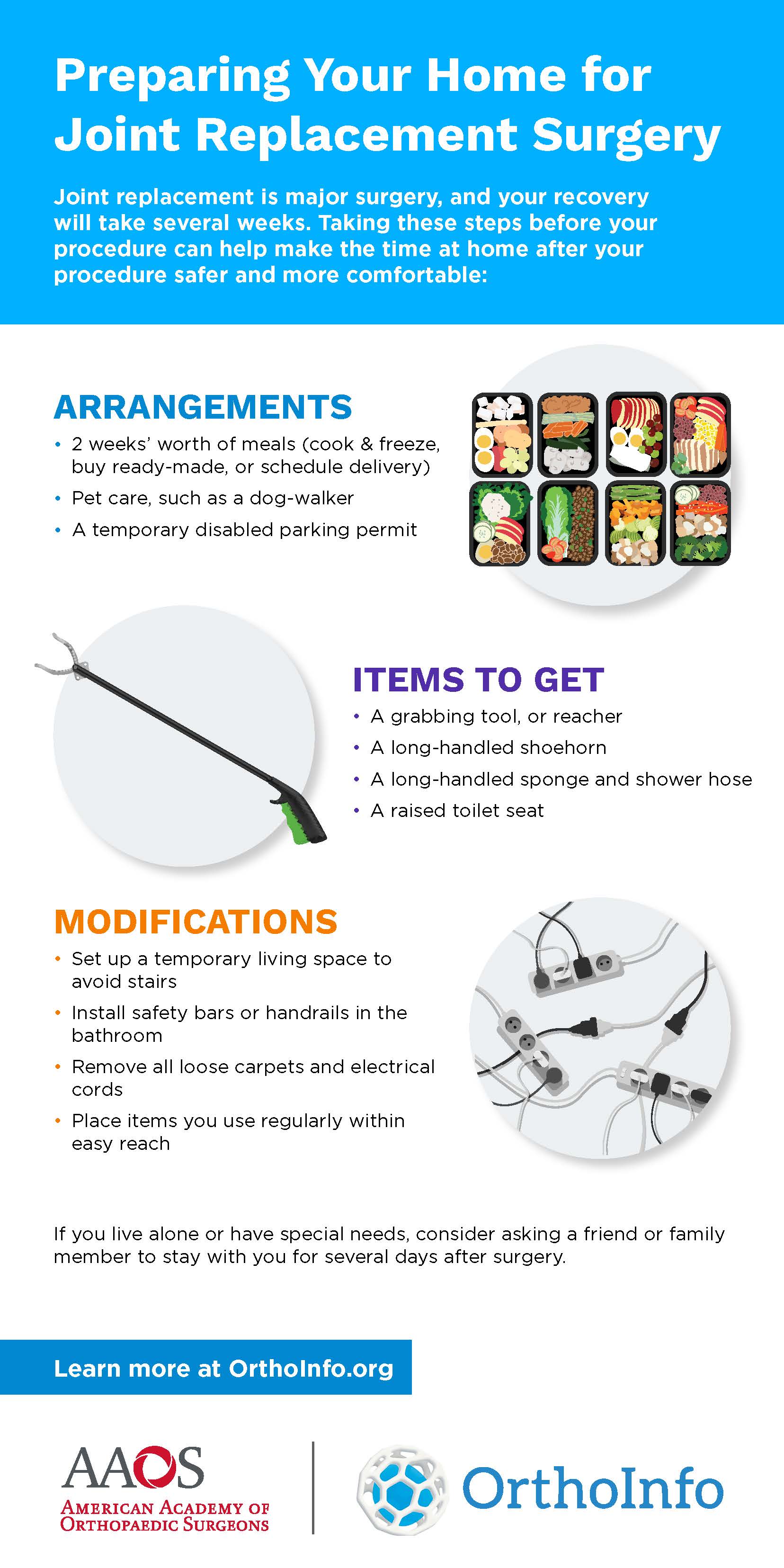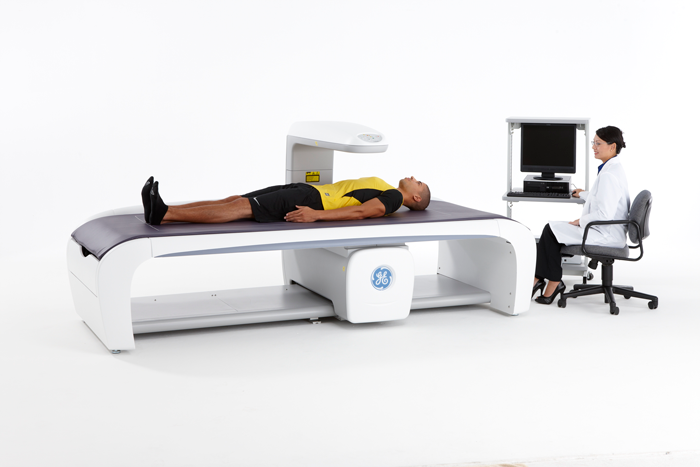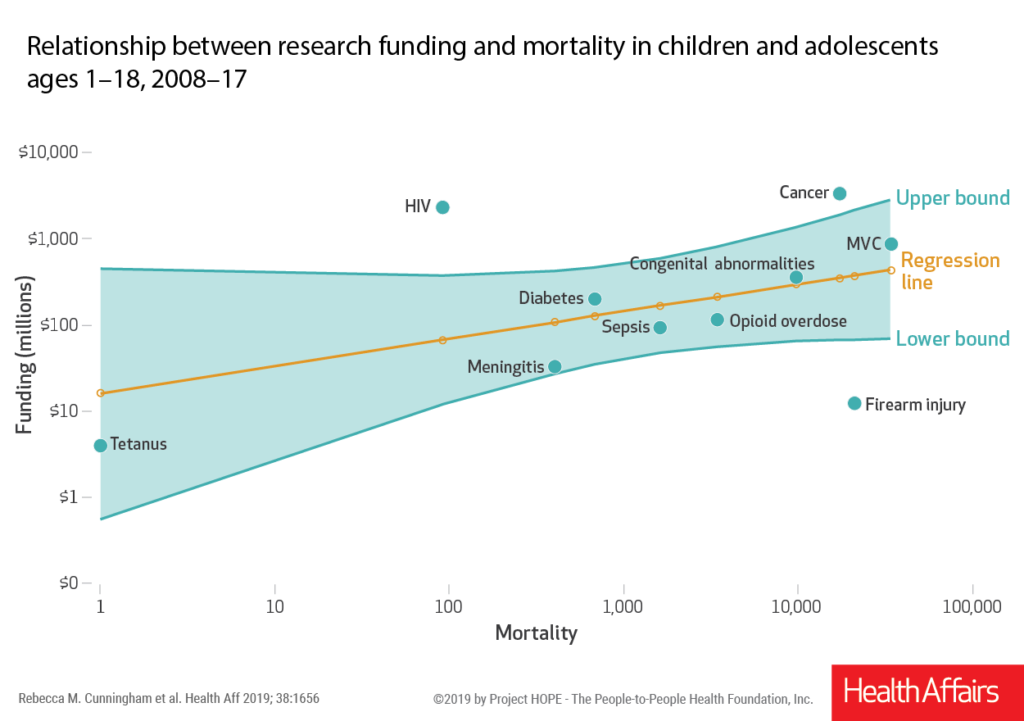ROSEMONT, Ill. (April 22, 2024)—As the sport of pickleball gains popularity, research shows that fractures have skyrocketed with a 90-fold increase from 2002-2022 and a notable surge since 2020. Despite its reputation as a low-impact sport, the American Academy of Orthopaedic…
Tag: Injury Prevention
PT Professor Offers Top 5 Tips for Preventing Pickleball Injuries
Elizabeth Chaffin PT, DPT, an assistant professor and the Director of Clinical Education in the Department of Physical Therapy at PCOM Georgia, offered her top five tips on preventing pickleball injuries and staying on the court longer.
Don’t Forget Your Child’s Sports Physical!
David Winter, MD, at Baylor Scott & White Health, answers the most common patient questions and reacts to the latest medical research. How important are sports physicals? (SOT@ :14, TRT :28) What is the difference between a sports physical and…
Major medical organizations form a coalition to stem the rising tide of firearm violence using a comprehensive public health approach
A new group — the Healthcare Coalition for Firearm Injury Prevention — is being established to advance firearm injury prevention using a public health approach.

Orthopaedic Surgeon Speaks to the Importance of Preparing Your Home for Joint Replacement Surgery
ROSEMONT, Ill. (January 30, 2023)—With almost 1.25 million hip and knee replacement surgeries performed in the United States[i], joint replacement surgery is one of the most common orthopaedic procedures performed today. The recovery period following an orthopaedic surgery usually involves…
Tailored approach makes inroads in rural firearm safe storage
A new study shows early promise for an approach that seeks to reduce the risk of firearm injury and death in rural areas, while respecting rural culture and firearm ownership. The effort tailors messages about safe firearm storage and teen firearm suicide to a rural audience, and shares specific tips for improving safety.
Quarter of former Olympians suffer from osteoarthritis, study says
One in four retired Olympians reported a diagnosis of osteoarthritis, the form of arthritis that causes changes in the joint and can lead to discomfort, pain and disability, the research found.

New York Tech’s Center for Esports Medicine Announces Research Collaboration with GE Healthcare
New York Institute of Technology’s Center for Esports Medicine announces a research collaboration with GE Healthcare that seeks to analyze the lean body mass of competitive esport athletes and help establish the sport’s first body composition benchmarks.
Bike Helmets: Finding the Right Fit For Your Child
Follow these tips to make sure your child’s helmet is safe. A bike helmet can literally be a lifesaver for a child—dramatically reducing the chances of a head or brain injury from a bike, scooter or skateboard accident. But did you know that a helmet has to fit right to do its job? If it’s too small, too loose, or not positioned correctly, it may not protect your child.
From Water Sports to Biking: Here’s How to Keep Your Child Safe During the Summer
Summer means fun in the sun, beach outings, swimming pools, and outdoor adventures like camping, hiking, bicycling and skateboarding. What also comes is an increased risk for injuries—and an increased need for awareness. Experts at Children’s Hospital Los Angeles and the Safety and Injury Prevention Program have compiled a list of helpful guidelines to ensure that you and your family have an enjoyable and safe summer.
Fireworks Safety: Tips for Parents
Fireworks can be fun, festive—and very dangerous. Here’s are tips on howto keep your family safe. Fireworks have long been a popular part of the Fourth of July. But while fireworks are bright and festive, they can also be dangerous—for children, teens and even adults. According to SafeKids Worldwide, more than 3,000 children under the age of 15 are sent to emergency departments each year in the U.
How can we reduce the firearm death toll in older adults?
A firearm injury researcher and emergency physician provides information on firearm injuries, deaths, risk factors and attitudes among adults over 50, and gives tips for individuals and families to reduce risk of suicide and other firearm-related harm.
Firearms now the top cause of death among children, adolescents, U-M data analysis shows
Firearms have surpassed motor vehicles as the leading cause of death among children and adolescents in the United States, according to new federal data analyzed by researchers at the University of Michigan.
The Mind and Body Connected: Athletes and Mental Health
Achieving peak performance in competitive athletics requires a complex but delicate interplay of skill, physical conditioning, practice, precision, grit and passion. Sometimes, both external and internal factors such as self-doubt, pressure, anxiety and stress can interfere with an athlete’s performance or desire to play.
ACSM Annual Meeting Research Highlights for June 3
ACSM’s comprehensive sports medicine and exercise science conference takes place virtually from June 1 to 5 with programming covering the science, practice, public health and policy aspects of sports medicine, exercise science and physical activity.
Research Highlights from Upcoming 2021 Virtual ACSM Annual Meeting: Athlete Care and Clinical Medicine
If you’re looking for new story ideas, here is a selection of talks on athlete care and clinical medicine-based topics that will be presented during ACSM’s Virtual Annual Meeting, June 1-5.
Epidemic of firearm injury spurs new wave of research
Now that federal funding is flowing again for research on firearm injury prevention, some of the few already-funded researchers doing work in this area react and look ahead.
SHANNON FRATTAROLI NAMED DIRECTOR OF THE JOHNS HOPKINS CENTER FOR INJURY RESEARCH AND POLICY AT BLOOMBERG SCHOOL OF PUBLIC HEALTH
Shannon Frattaroli, PhD, MPH, a public health policy researcher with 20 years of experience in the field of injury prevention and associate professor in the Department of Health Policy and Management at the Johns Hopkins Bloomberg School of Public Health, has been named the next director of the Johns Hopkins Center for Injury Research and Policy.

Top Summer Safety Tips for Children
Children’s Hospital Los Angeles offers summer safety tips for children and families so they can enjoy summer activities in a safe and healthy manner
Should You Take Your Child to the Emergency Room, Urgent Care—or Call the Doctor?
As a parent, your number one goal is keeping your child safe and healthy. When is it time to head to the emergency department (ED)—and when is it best to call your child’s doctor, or go to an urgent care center?
Lawnmower Injuries Remain Prevalent for Children Despite Increased Awareness
As people head outside to mow their lawns this spring and summer, children continue to remain at risk for serious injuries and death associated with lawnmowers. A new review article published in the May issue of the Journal of the American Academy of Orthopaedic Surgeons (JAAOS) analyzed 13 years of lawnmower injuries in children across the United States, identifying disparities that exist in national and geographic incidence rates and injury characteristics. Children in rural areas not only experienced a higher rate of lawnmower injuries, but had an increased rate of infections, amputations, inpatient stays and surgical complications.
Sheltering in Place?
With shelter in place restrictions across the nation, social distancing may be the best option to protect your health. But not acknowledging the dangers in your home can bring risk for a fall injury. The AAOS reminds people to be mindful of their surroundings in their homes in effort to maintain optimal bone and joint health.
Sound Can Directly Affect Balance and Lead to Risk of Falling
Mount Sinai research highlights the need for more hearing checks among groups at high risk for falls
CHOP Study Demonstrates How to Collect True Impact Incidents from Head Impact Sensors in Youth Sports
An increased awareness of concussion risks in young athletes has prompted researchers to use a variety of head impact sensors to measure frequency and severity of impacts during sports. A new study from Children’s Hospital of Philadelphia (CHOP) shows these head sensors can record a large number of false positive impacts during real game play. The CHOP team’s study emphasizes that an extra step to video-confirm the sensor data is essential for research and for use of this data in injury prevention strategies for player safety.

Baylor Scott & White Health Opens New Sports and Orthopedic Center in Waco
Baylor Scott & White Health opened a new facility designed to promote the community’s health while advancing sports medicine and injury prevention across the region.

Orthopaedic Experts Available to Discuss New Olympic Sport (Rock Climbing) and Injury Prevention
In 2017, an estimated 7.1 million people in the united states participated in rock climbing, which has risen markedly from 4.3 million in 2010. The sport was once only popular among outdoor enthusiasts, adventure junkies, and elite competition athletes who…

Chiropractors Suggest Limits, Good Habits to Prevent Video Game Injuries
Taking steps to help kids prevent common gaming injuries can reduce pain today and potentially reduce the risk of long-term damage.

An Ounce of Preparation Can Help Prevent Yard Work Injuries This Fall
Your chances of injury increase if you take on yard work without some preparation. The American Chiropractic Association (ACA) offers tips to keep you pain free.

Research on firearm injuries to U.S. children gets 30 times less funding per death than other causes
Firearm injuries kill 2,500 American children each year. But the nation spends far less on studying what led to these injuries, and what might prevent and treat them, than it spends on other causes of death in children. In fact, on a per-death basis, funding for pediatric firearm research is 30 times lower than it would have to be to keep pace with research on other child health threats.